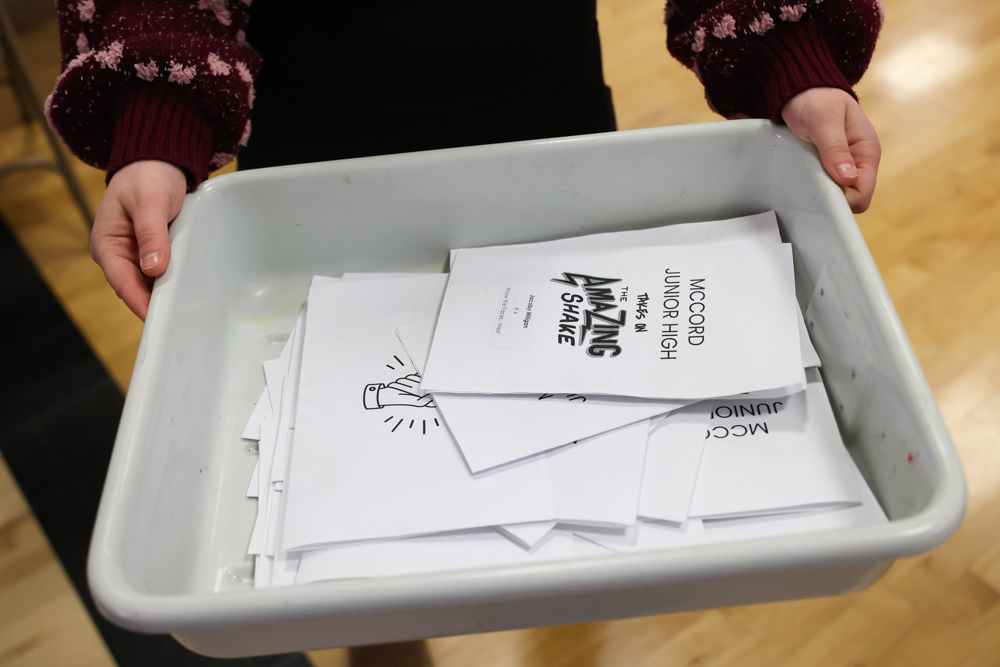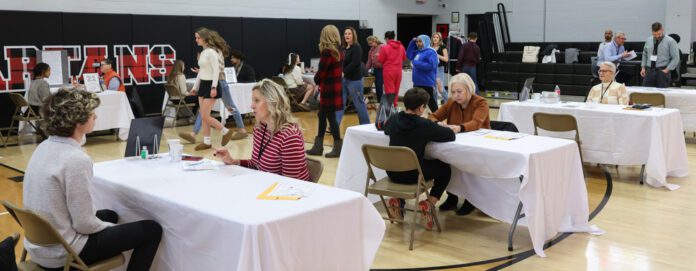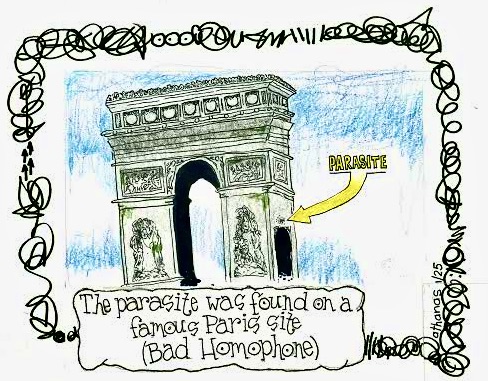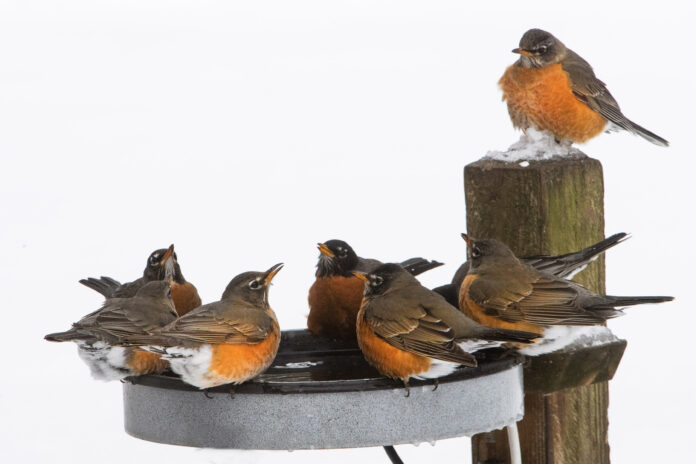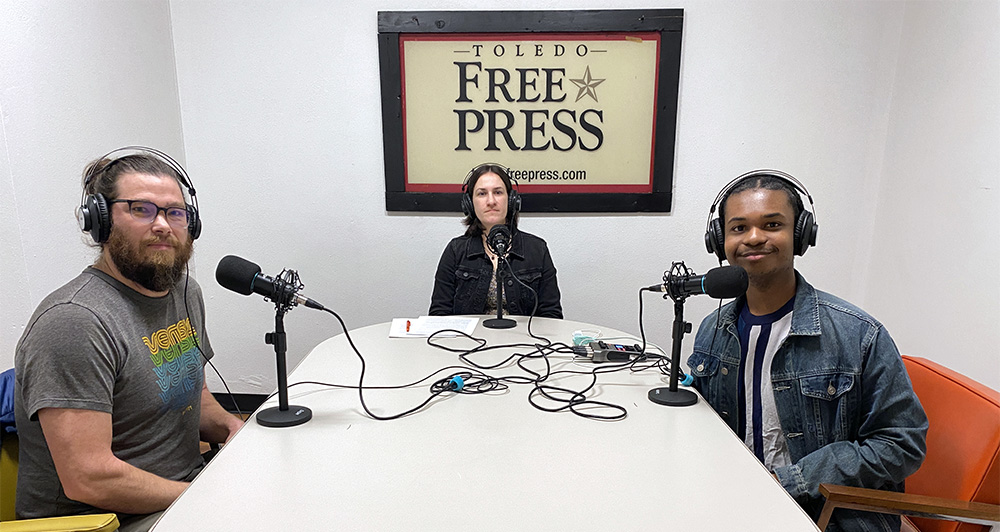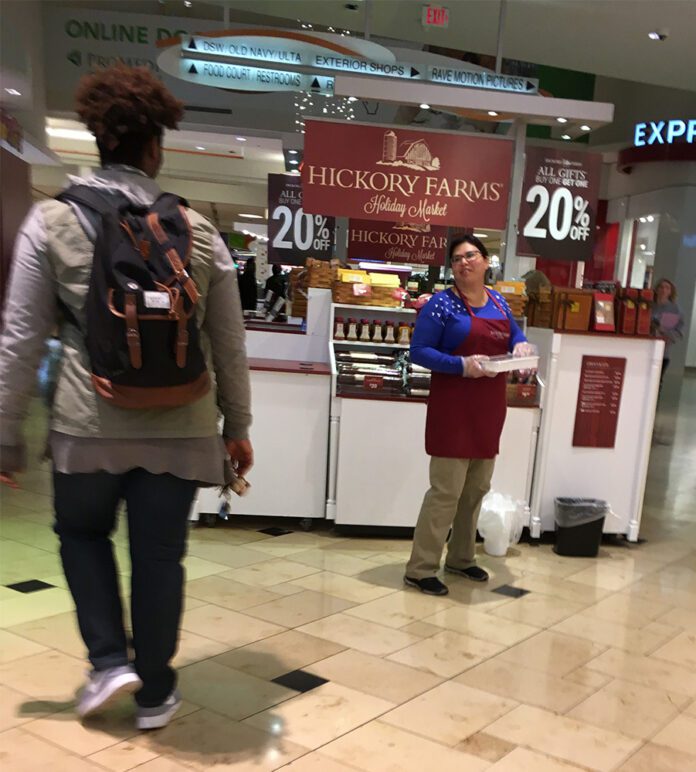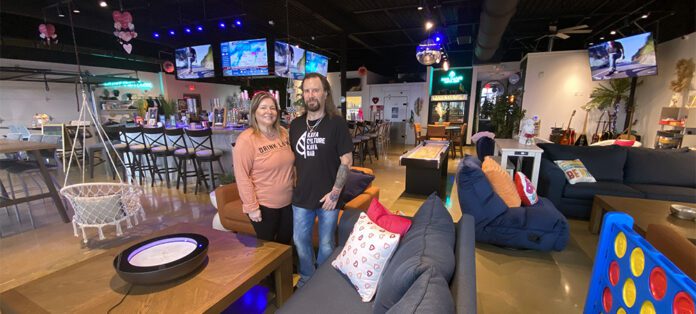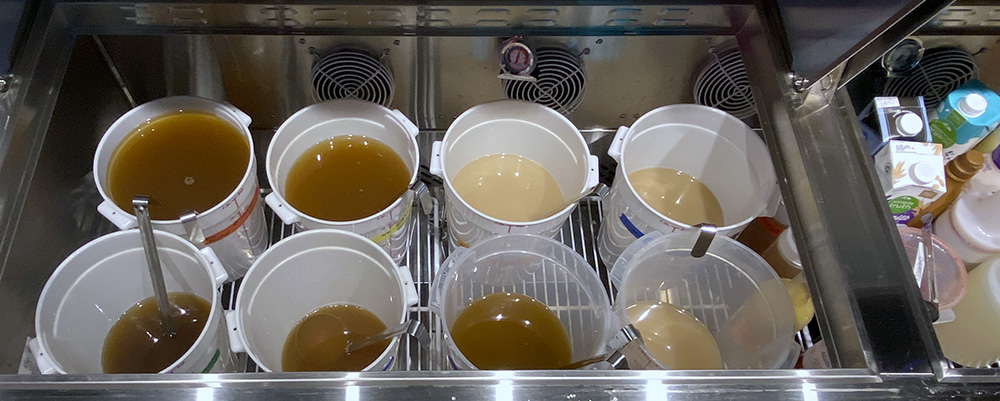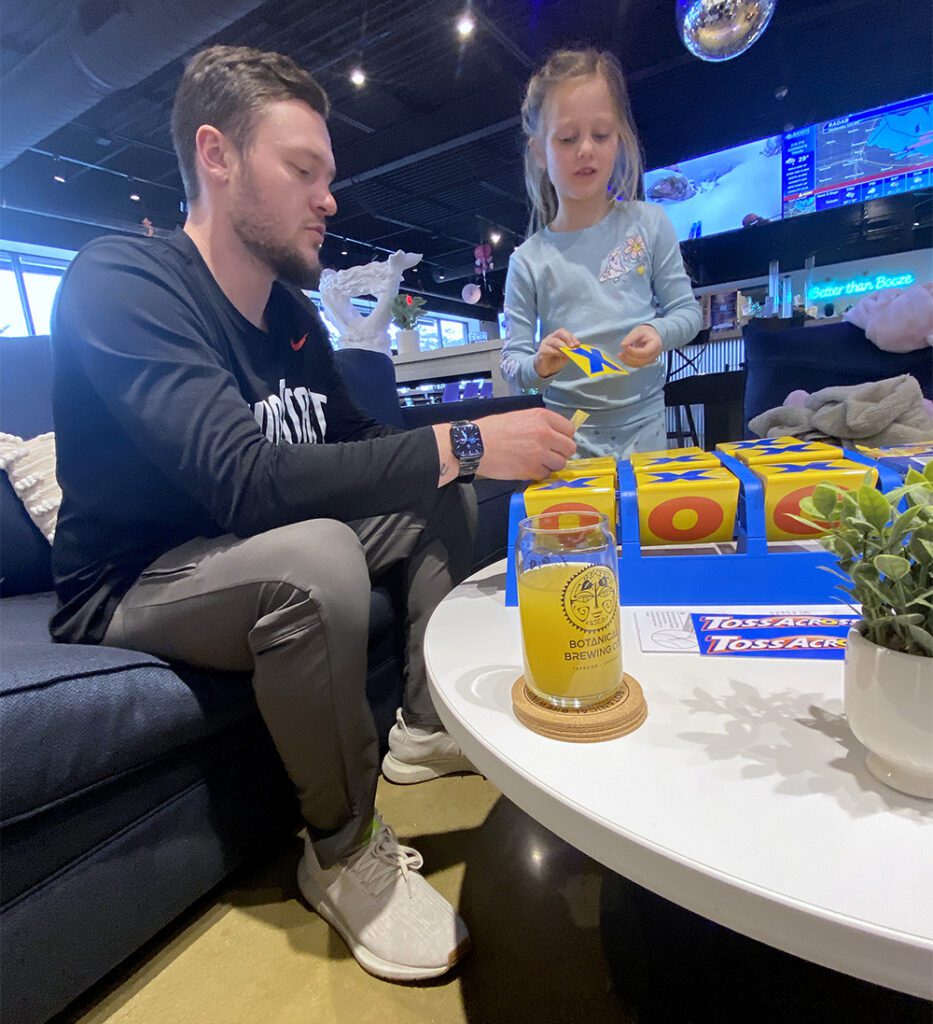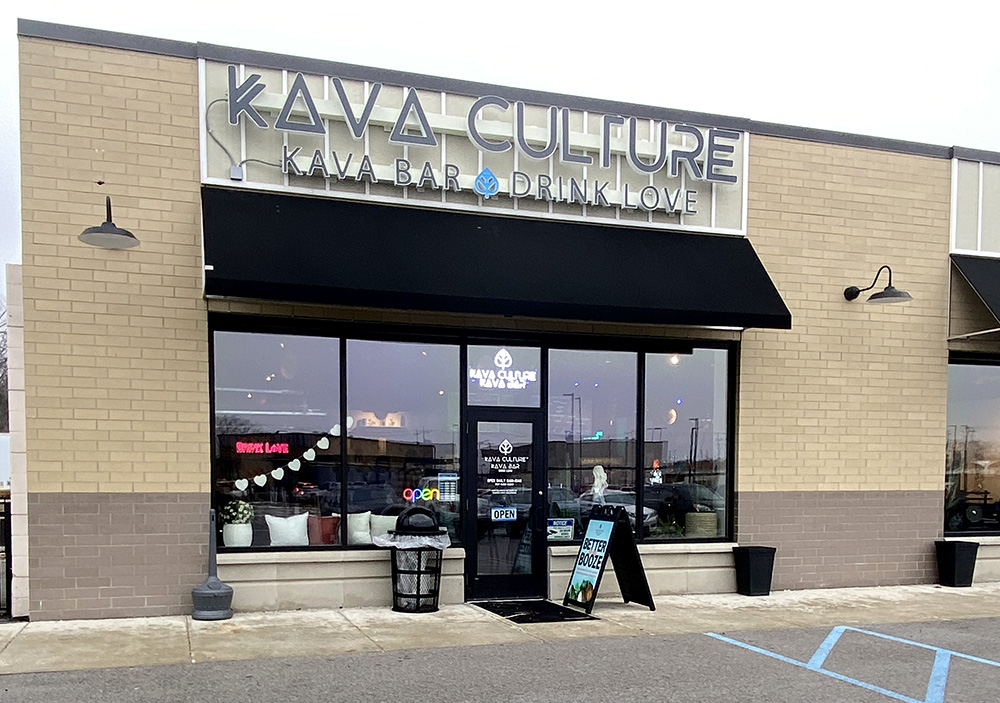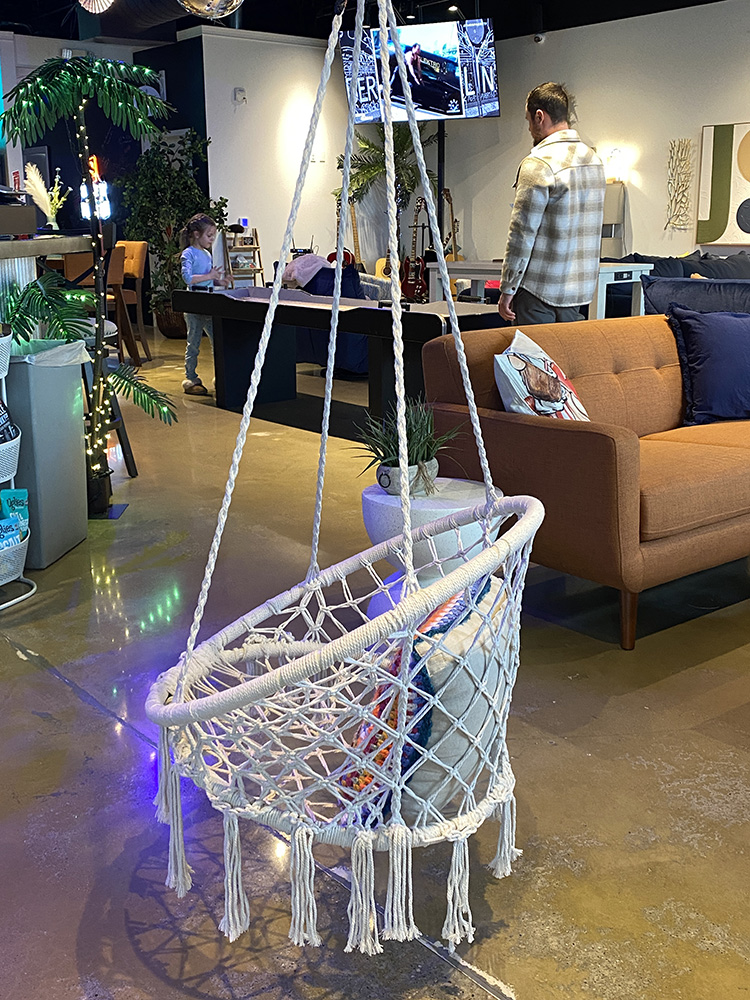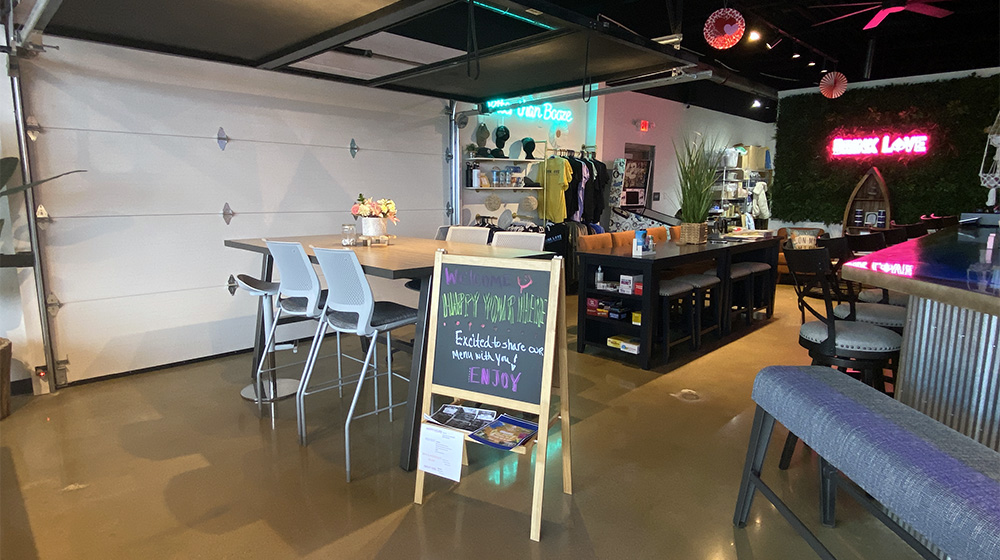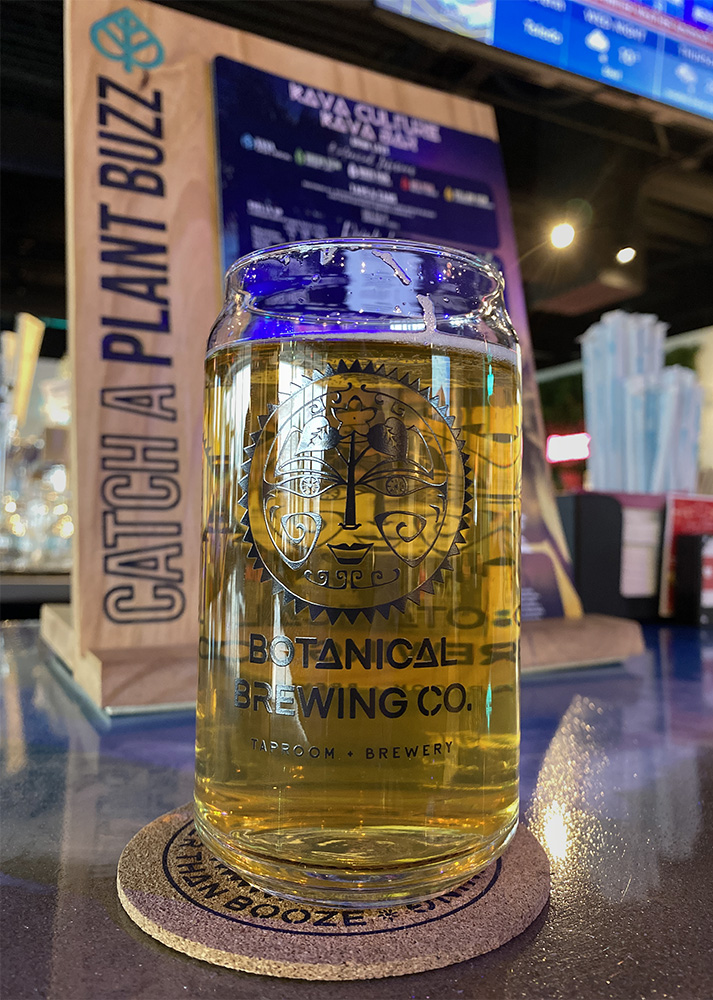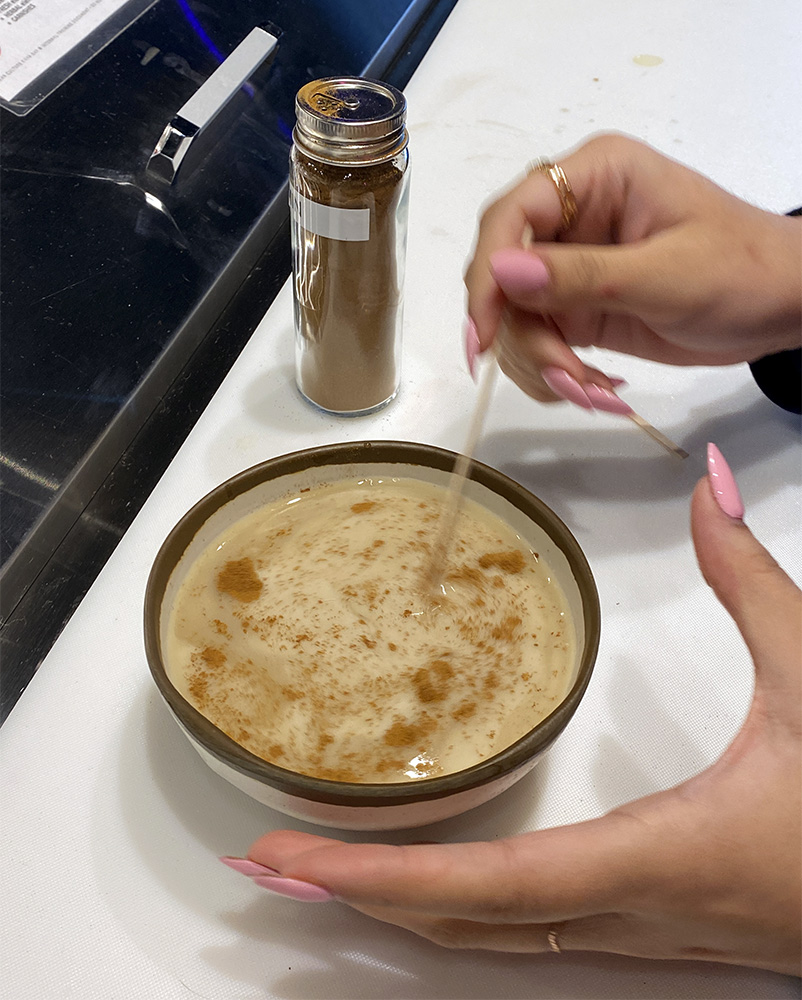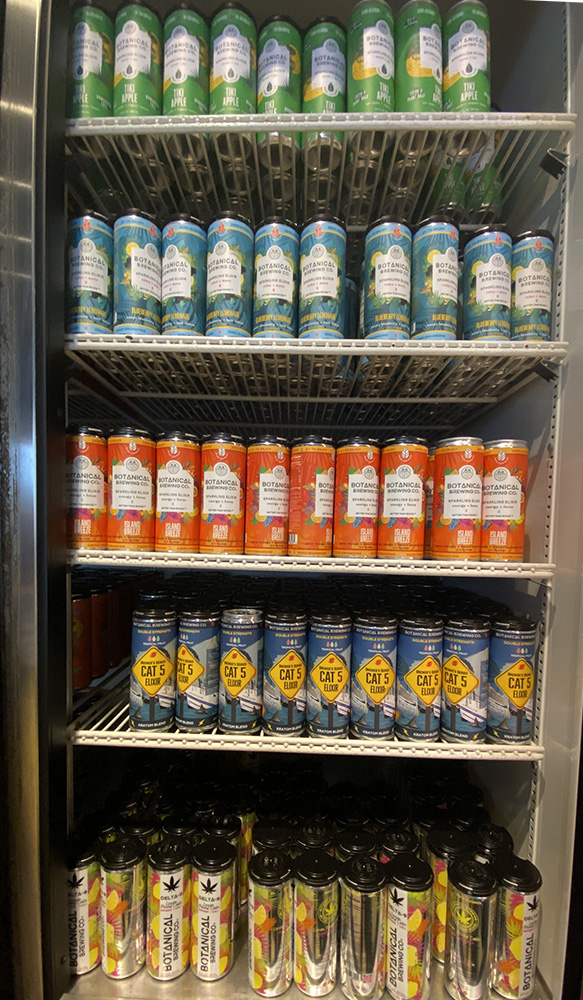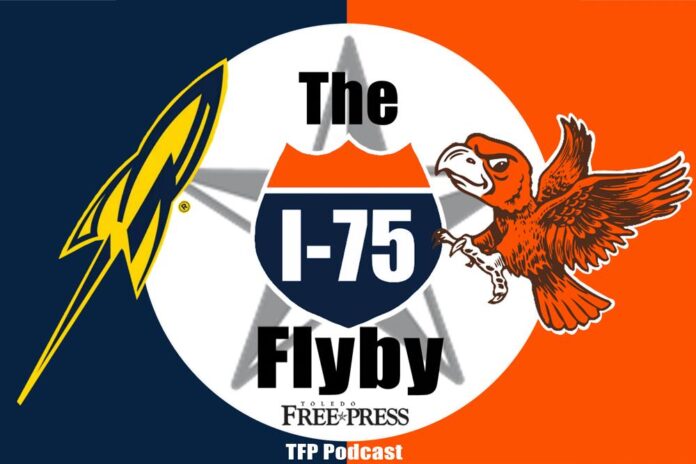SYLVANIA – Sooner or later, young students are going to figure out there’s much more to life than learning about isosceles triangles or memorizing what the heck e=mc² means.
Growing up is as much, if not more, about the ability to show poise, learn how to interact with people and put your communication skills on display.
Seventh grade students at McCord Junior High in Sylvania were put to the test, so to speak, on their non-academic skills during the school’s third annual Amazing Shake soft skills competition on Feb. 11.
The program was inspired by the National Amazing Shake Competition, held every year at the Ron Clark Academy in Atlanta. The competition focuses on building essential skills and placing strong emphasis on manners, discipline, respect and professional behavior.
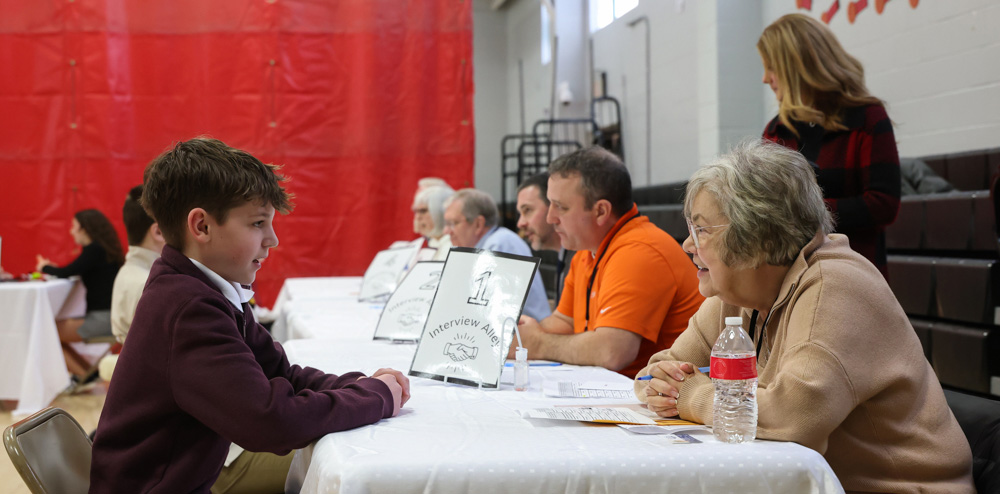
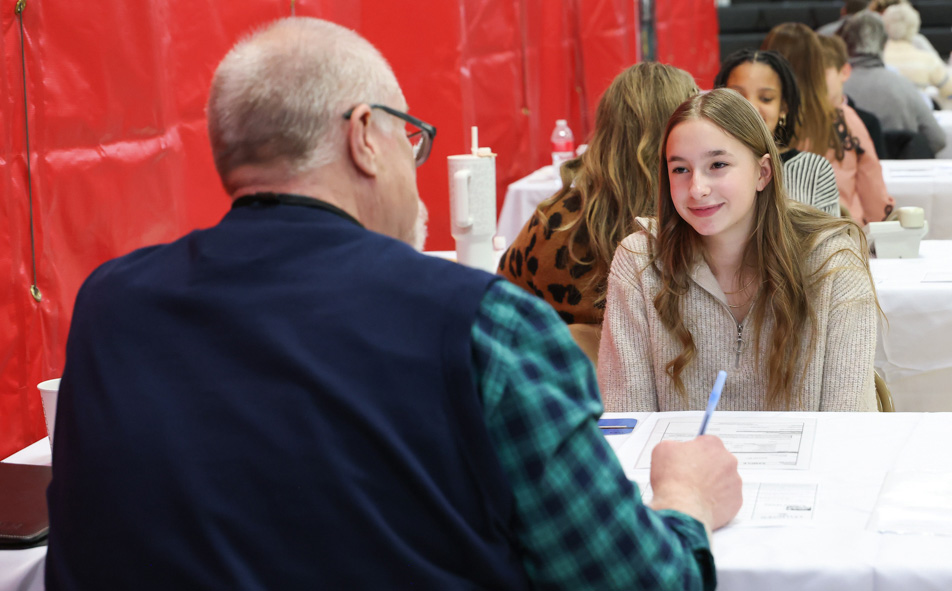
To demonstrate these skills, McCord students rotated through 24 stations, called The Gauntlet. The stations included topics like Declutter the Den, Appointment Alley, Profile Pages, Know Your House and Break the News.
Students spent 60-75 seconds at each station, while more than 60 community members served as guest judges. Approximately 220 seventh-grade students participated in five 45-minute rounds.
One of the guest judges, Mary Helen Darah, was judging the individual students’ ability to “sell” her a car. This was Darah’s second year as a judge.
“It’s amazing,” said Darah, who put three daughters through the Sylvania school system. “It teaches the kids about introductions and connecting with people and professionalism. I wish they had this for adults.
“For the judges, it’s wonderful to see how incredible our youth are. Having this program is another example of Sylvania Schools’ forward thinking,” she said.
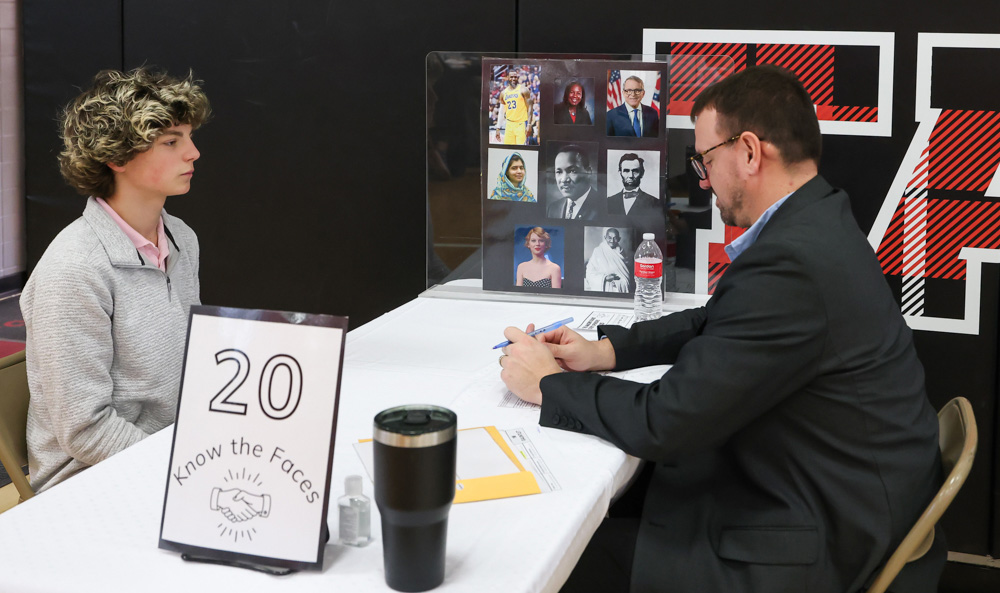
Seventh-grader Connor Scovell, 13, said he was “excited” and that he practiced for a few days by watching a slide show teachers gave the students to help prepare them for this event.
“I struggled with (the slide show) for a couple days and then I got used to it,” said Scovell, an honors student who plays center on a travel hockey team. He said his favorite station was Shark Tank.
“You could pick an item on the table and describe what it could do and try to sell them the item,” Scovell said. “I thought I did pretty good.”
Brooklynn Tucker, 13, plays the violin and does competitive dance. She didn’t hesitate when asked about her favorite station.
“You read a paper, like (the judge) was interviewing you,” she explained. “You had to have a strong voice. You read about ProMedica out loud. It’s important to teach these lessons for when you get older. They make you feel comfortable.”
Alex Witham, 12, who plays left defense on his soccer team, said the Amazing Shake program was “pretty fun. I thought I would be really bad. It was a new thing, but it wasn’t bad. My favorite was Perplexing Puzzles. They ask you questions while you do a puzzle. She said I was the only one who finished, and they said to remember to shake hands and remember when you meet people.”
Brynlee McCord, 13, who plays the violin and center-back on her soccer team, said her favorite station was Interview Alley.
“They asked about my favorite hobby and what I want to do in the future,” she said. “I learned a lot about what the future is going to be like. It taught me how to schedule a doctor appointment and how to use a credit card.”
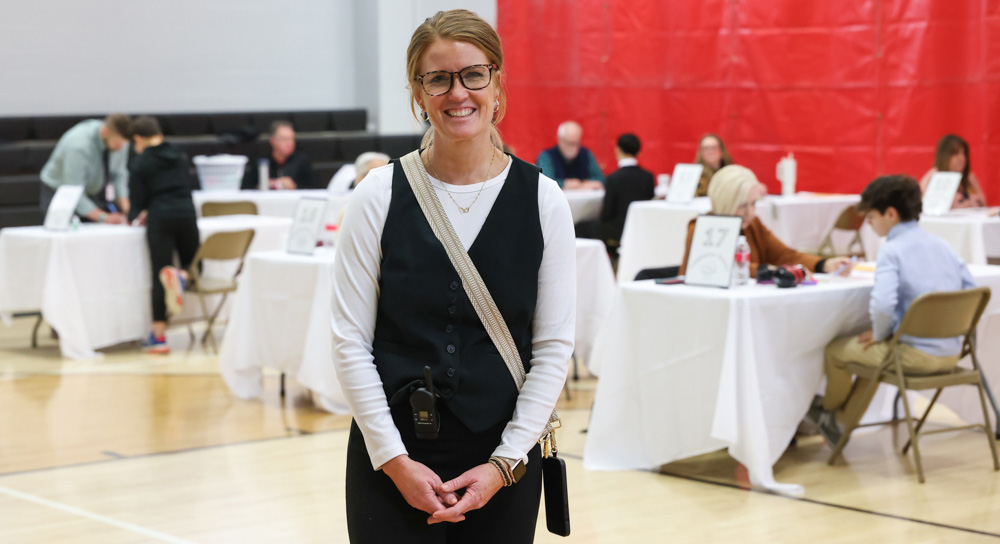
McCord Junior High Principal Susie Felver said many students admit they are nervous when preparing for the event.
“When they go through it, nearly all of them are so glad they did,” Felver said. “This is one of those things that teaches life skills that are more important than your typical academic content. These are important skills to learn, no matter how strong you are academically.”
